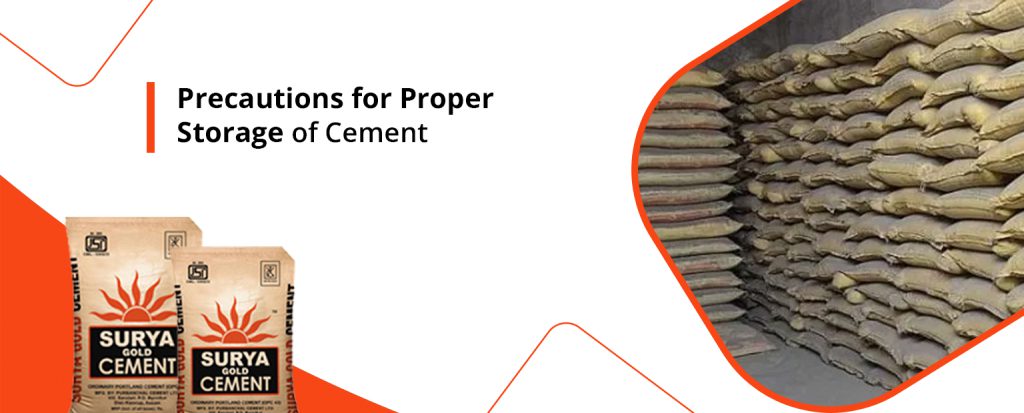Damp walls are becoming a hot topic in the industry. Being home, one of our greatest assets, damp walls affect our health, indoor hygiene, and our pockets. The permanent treatments of damp walls are costly and complex tasks.
The house’s interior walls become damp due to moisture leaking through the exteriors. This universal problem of damp walls can cause paint to peel, leak, and have a stuffy, damp feeling in your house. Health problems can also arise from fungus and mould on walls brought on by rain. It is always wise to protect your wall before dampness arises.
How To Protect Your House From Dampness
- Seal Cracks Around Windows And Doors – Sealing cracks around windows and doors prevents water from getting inside your home. If you have any gaps around windows or doors, use caulk to fill them in. You can also purchase window and door caulking kits at hardware stores.
- Repair Damaged Roofing Materials & Walls – If you notice holes or damage in your roofing material or cracks on the wall, repair it immediately. Roofing repairs or crack filling should only be done by professionals who know how to do it rightly with the necessary tools & materials.
- Install Weather Stripping – Weather stripping is a great way to keep moisture out of your home. Installing weather stripping around windows and doors helps prevent condensation and keeps your house dry. Weather stripping comes in many different styles, including foam strips, vinyl strips, and metal strips.
- Proper Drainage – Drainage is another step towards protecting your home and preventing dampness. You should make sure to drain all standing water from your house. Standing water can cause mould and mildew to grow, and if left untreated, it can lead to serious issues.
- Moisture Barriers- Moisture barriers are commonly used in homes to prevent moisture from entering the home. These barriers are often placed around windows, doors, and crawl spaces. There are many different types of these barriers including caulking, weather stripping, and even plastic sheeting.
- Waterproofing- Waterproofing is a method of stopping water from penetrating the exterior wall of a house. This is done by using waterproofing materials such as tar paper, cement board, stucco, and fibreglass. These materials act as a barrier against moisture and water leakage, keeping your home’s walls from becoming damp.
- Fix Leaky Faucets – Leaky faucets let the water run continuously and cause mould and mildew to build up. So, it is very much necessary you take care of your faucets. To fix leaky faucets, turn off the water valve and then tighten the faucet’s washer or you can consult with an expert.
Wrapping Up
Moisture is considered to be a problem if it accumulates over time and causes damage to building materials. A damp-proof course is often installed during the construction of most buildings. However, still, if you’ve discovered damp patches on the lower part of your walls, it is recommended to hire an expert to assess the damage and fetch long-term solutions. No doubt, this is a difficult task that requires a specialist to do.



